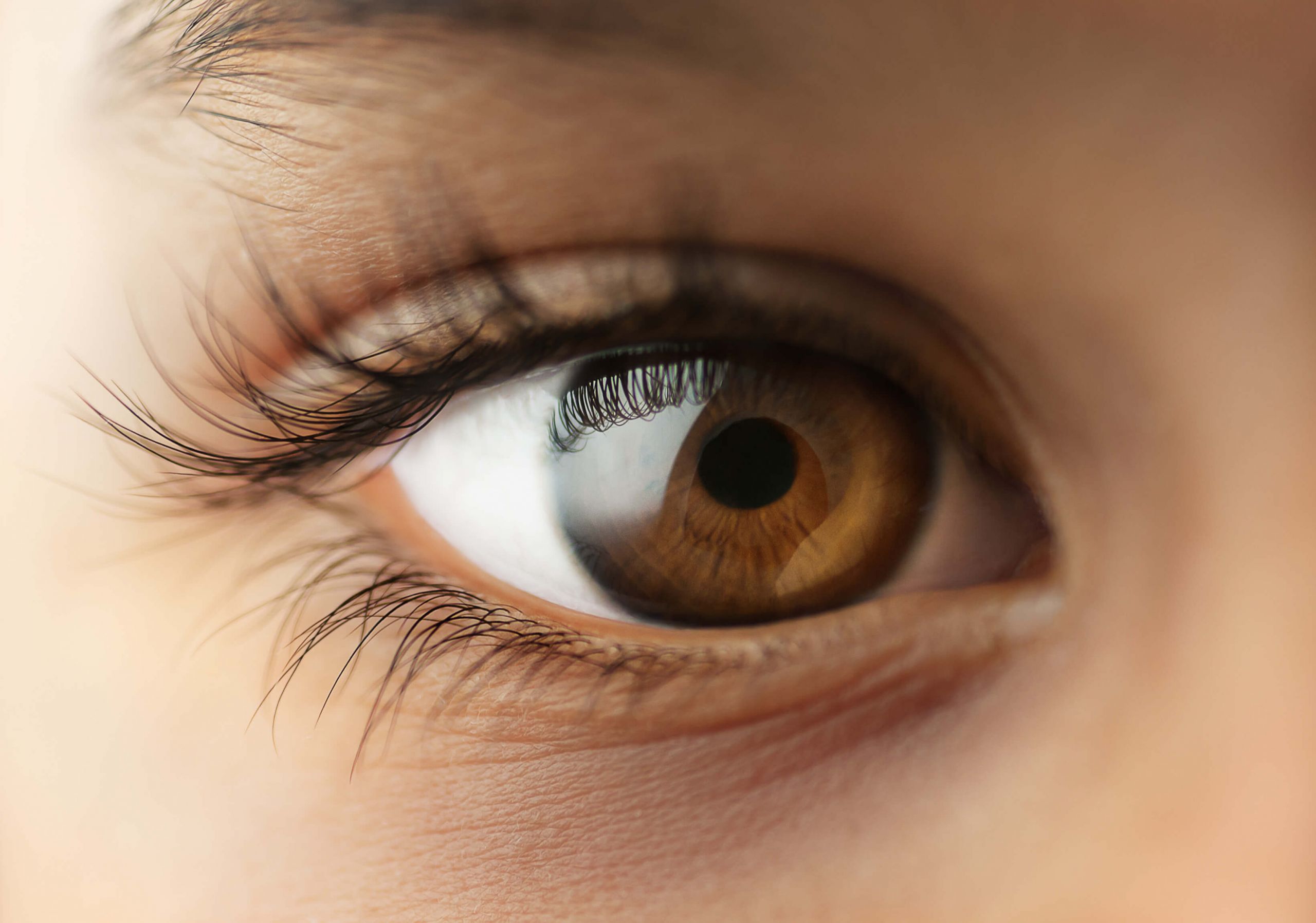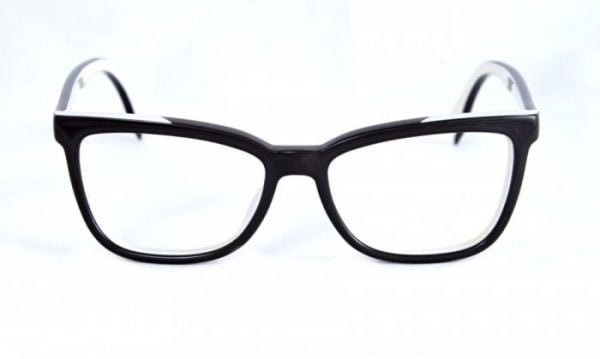ABOUT CORNEAL CROSS-LINKING (CXL)
Corneal cross-linking (CXL) is a procedure performed to treat patients with keratoconus. Keratoconus is an eye disease that causes the cornea to weaken and become thinner, and the shape of the cornea may also change as it pushes forward, becoming somewhat cone-shaped. The disease can cause problems with vision, such as astigmatism.
Patients suffering with keratoconus are often treated first with prescription glasses or contact lenses to help improve their vision, however, a cornea transplant may eventually be necessary.
Corneal cross-linking is performed to prevent vision from getting worse, and in some cases it can prevent the need for a cornea transplant. The cornea has cross-links between its collagen fibers which help the cornea to maintain its strength and shape. Keratoconus causes a break down of the cross-links, which weakens the cornea and causes it to lose its shape.
Corneal cross-linking uses UV (ultraviolet) light and Riboflavin (vitamin B2), to help create new cross-links between the fibers in the cornea, to strengthen it and create new bonds which can help prevent vision from deteriorating.
The procedure does not correct vision, meaning patients will need to continue wearing glasses or contact lenses afterwards, however, the treatment helps to stop the vision from deteriorating and some patients may experience some improvements with their vision.
Recommended for
- Treating keratoconus
TIME REQUIREMENTS
- Number of days in hospital: 1.
Overnight stay not required.
- Average length of stay abroad: 2 – 8 days.
Patients usually need to attend a follow-up appointment one week after the surgery.
- Number of trips abroad needed: 1.
- Time off work: 1 weeks.

COMPARE CORNEAL CROSS-LINKING (CXL) PRICES AROUND THE WORLD
HOW TO FIND QUALITY TREATMENT ABROAD
BEFORE CORNEAL CROSS-LINKING (CXL) ABROAD
Patients will meet the doctor ahead of the procedure to discuss the treatment. The doctor will likely perform a series of tests to determine the suitability of the patient for the procedure, which usually involves measuring the thickness of the cornea. The procedure cannot be performed on patients who have an extremely thing cornea, or a cornea which has a lot of scarring.
HOW IS IT PERFORMED
Corneal cross-linking (CXL) is a relatively non-invasive procedure which involves numbing the eye with a local anesthetic using eye drops. The eye is then held open using special surgical instruments and the surface skin on the eye is removed.
Riboflavin drops are dropped into the eye over a period of around 10 minutes. UV light is then directed at the eye and left in place for around 10 minutes. A special bandage contact lens is then then put in place to protect the eye.
Anesthesia
Local anesthetic, sometimes with additional sedation.
Procedure duration
The Corneal Cross-linking (CXL) takes 45 to 90 minutes.
The procedure takes around 45 minutes per eye.

WHAT TO EXPECT AFTER CORNEAL CROSS-LINKING (CXL)
Post procedure care
Patients will be prescribed eye drops which are to be administered on an hourly basis on the day after the procedure, and every 4 hours in the subsequent days proceeding the procedure. The bandage lens is to be kept on the eye for around 7 days, however should this lens fall out, it should not be reinserted.
Patients usually need to attend a follow-up appointment one week after the surgery, to allow the doctor the assess the progress of recovery.
If the patient normally wears contact lenses, they will need to refrain from wearing them until the surface of the eye has healed, which usually takes around 2 weeks.
Possible discomfort
Patients may experience sensitivity to light and the eye is likely to be red. Vision may be blurry in the weeks proceeding the procedure, however this return to normal.
IMPORTANT THINGS TO KNOW ABOUT CORNEAL CROSS-LINKING (CXL)
Success rates
Corneal cross-linking (CXL) has a 90% success rate in preventing further vision loss.
Potential risks
- Infection
- Vision loss















